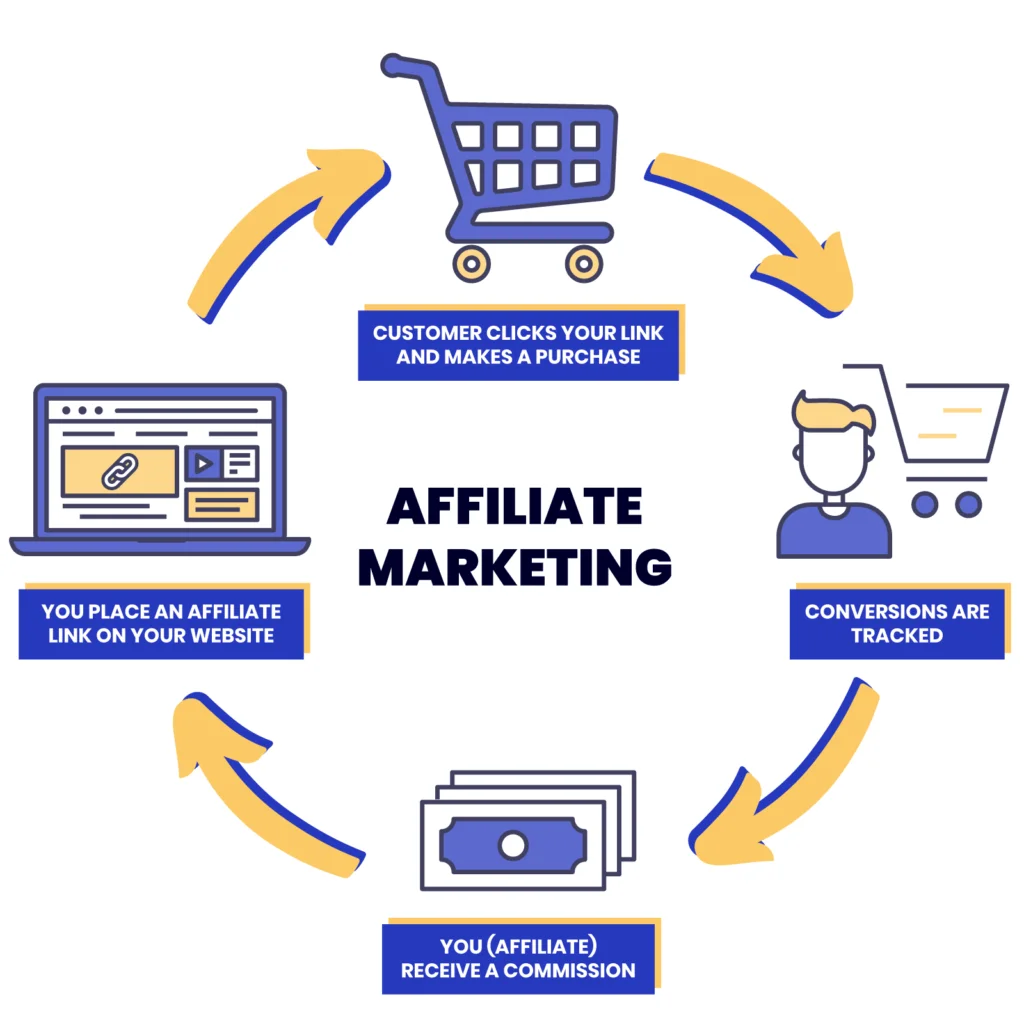The core channels of digital marketing include:
- Search Engine Optimization (SEO)
- Pay-Per-Click Advertising (PPC)
- Social Media Marketing
- Content Marketing
- Email Marketing
- Affiliate Marketing
- Influencer Marketing
- Display Advertising
- Mobile Marketing
- Video Marketing
These channels are used to reach and engage with customers through various digital platforms and technologies. The specific channels used will depend on the business’s goals and target audience.
Search Engine Optimization (SEO):
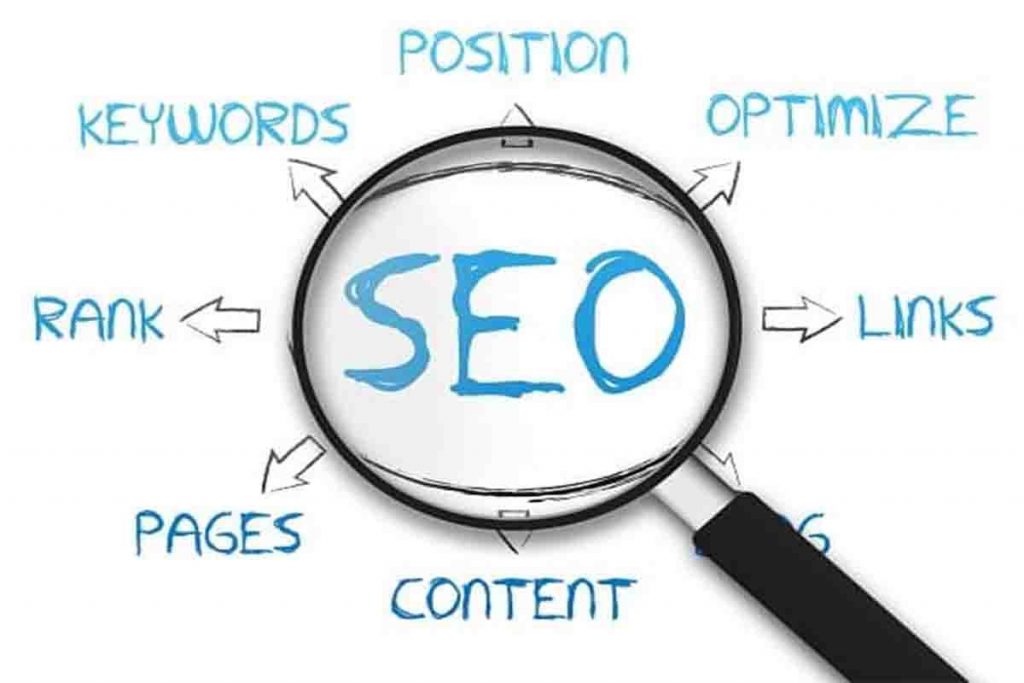
Search engine optimization (SEO) is the process of optimizing a website or web page to rank higher in search engine results pages (SERPs) for specific keywords or phrases. SEO aims to increase organic traffic to a website by making it more visible to search engines. However, it is achieved by improving the relevance and authority of the website, as well as making sure it is technically sound and easily crawlable by search engines.
SEO techniques include keyword research, on-page optimization, backlink building, and content creation. It is a continuous process and requires monitoring and updating to adapt to users changing algorithms and search behavior.
Pay-Per-Click Advertising (PPC):

Pay-per-click advertising (PPC) is a form of digital advertising where advertisers pay a fee each time their ad is clicked. PPC ads are typically displayed at the top of search engine results pages (SERPs) or on other websites that partner with the search engine. Therefore, the most popular platform for PPC advertising is Google Ads, which allows businesses to create text, display, and video ads that appear on Google’s search engine result pages and other websites across the internet.
In a PPC campaign, advertisers set a budget and bid on keywords that they want their ads to appear for when searched by users. The ads are then displayed to users who search for those keywords, and the advertiser is charged each time their ad is clicked. PPC ads can be targeted to specific geographic locations, times of day, and other demographics, making them a highly effective way to reach the right audience at the right time.
Hence, PPC campaigns can be highly effective for driving immediate traffic and sales to a website, but it requires continuous monitoring and optimization to get the best ROI.
Social Media Marketing:
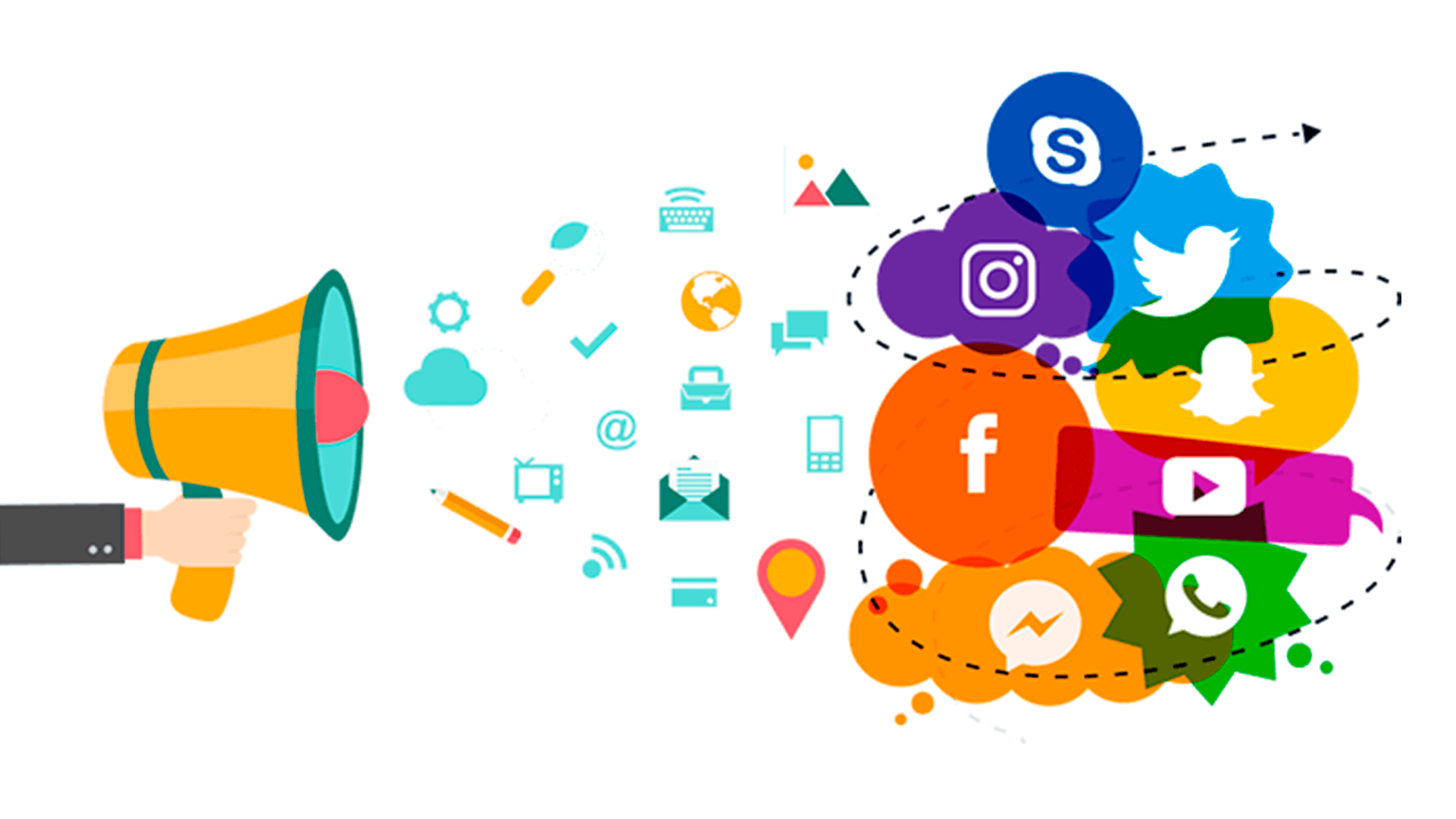
Social media marketing is the process of promoting a product, service, or brand on social media platforms. However, It involves creating and sharing content, such as text, images, and videos, on social media channels to engage with and attract customers. The goal of social media marketing is to increase brand awareness and generate leads and sales. Moreover, it builds strong relationships with customers. Social media platforms, such as Facebook, Twitter, Instagram, LinkedIn and TikTok, provide businesses with a variety of tools and features to help them reach and engage with customers.
Businesses can use social media to increase brand awareness by sharing engaging and informative content that their target audience will find valuable. They can also use paid advertising to reach a larger audience and generate leads and sales.
Social media marketing requires consistent effort and strategy to be effective. It’s important to regularly post fresh and relevant content, engage with followers, and measure and adjust the strategy based on the performance.
Content Marketing:
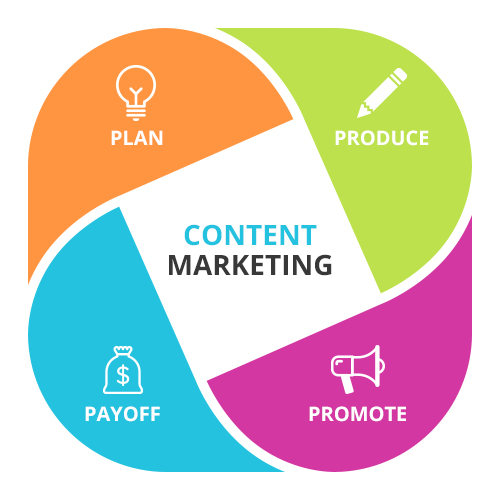
Content Marketing is the process of creating and sharing valuable, relevant, and consistent content to attract and engage a specific target audience — with the goal of driving profitable customer action. The content can come in various forms like blog posts, articles, videos, infographics, podcasts, and more.
Email Marketing:
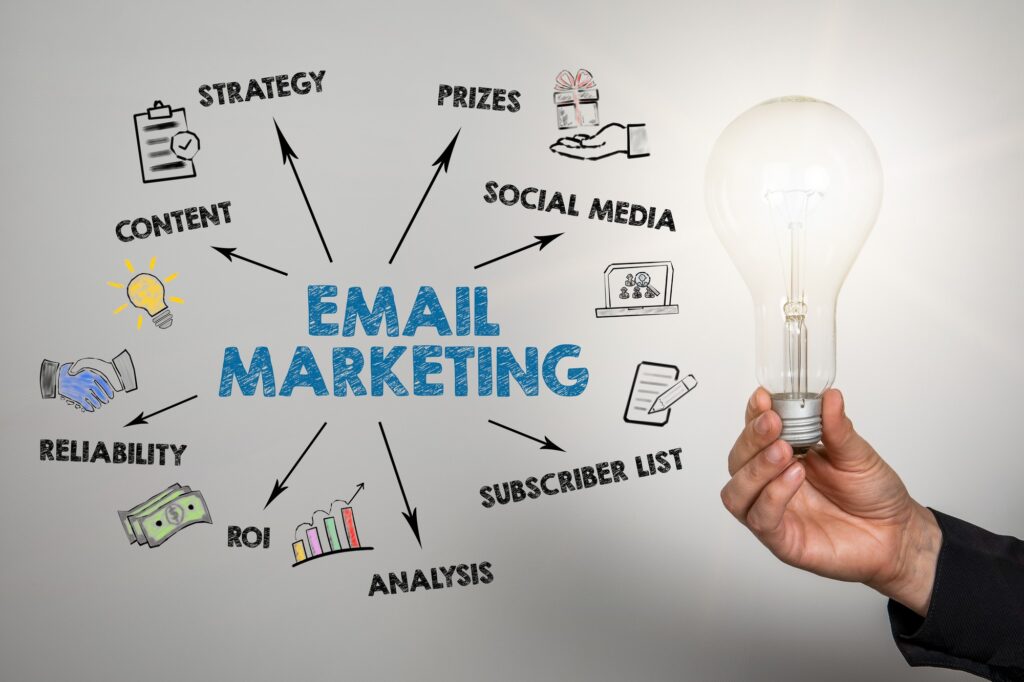
Email Marketing is the process of sending commercial messages, typically to a group of people, using email. It is a way for businesses to promote their products, services, or brand and keep in touch with their customers.
An email marketing campaign typically involves creating a list of email addresses, either by collecting them from website visitors or through purchased lists. Businesses can then use this list to send out promotional or informative emails, either on a regular schedule or in response to certain triggers, such as a customer’s purchase history or website behavior.
Affiliate Marketing:
Affiliate Marketing is a performance-based marketing strategy in which a business rewards one or more affiliates for each visitor or customer brought about by the affiliate’s own marketing efforts. In affiliate marketing, a business partners with one or more affiliates, who promote the business’s products or services to their own audience.
Influencer Marketing:

Influencer Marketing is a form of marketing in which businesses partner with individuals who have a large following on social media or other online platforms to promote their products or services. These individuals, known as influencers, have the ability to reach and influence a large audience, making them valuable partners for businesses looking to promote their brands and products.
Display Advertising:
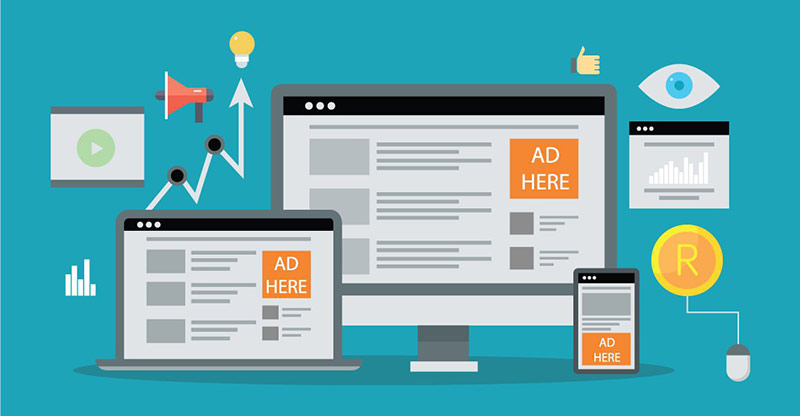
Display advertising is a form of online advertising that involves the display of banner ads, text ads, and other types of visual ads on websites, mobile apps, and other digital platforms. The goal of display advertising is to reach a large audience and promote brand awareness, generate leads and sales, and drive website traffic. However, display ads are typically sold on a CPM (cost per thousand impressions) basis, which means that the advertiser pays for every 1,000 times the ad is displayed, regardless of whether the user clicks on it or not.
There are several types of display ads such as:
Static Display Ads: These are standard image-based ads that do not move or change.
Animated display ads: These ads use animation to grab attention and convey more information than static ads.
Video Display Ads: These are short videos that play automatically when the user visits a website or scrolls through their social media feed.
Rich Media Ads: These are interactive ads that allow users to engage with the ad in some way, such as by playing a game or filling out a form.
Display advertising requires a clear targeting strategy, which involves identifying the audience and the websites where the ads will be displayed.
Mobile Marketing
Mobile Marketing is a form of digital marketing that is specifically designed for and targeted to mobile devices, such as smartphones and tablets. The goal of mobile marketing is to reach customers on their mobile devices, where they spend a significant amount of their time, and to provide them with relevant and timely information about products and services.
Video Marketing
Video marketing is the process of using videos to promote a product, service, or brand, and to engage with an audience. Video marketing can take many forms, such as brand videos, product demos, explainer videos, educational videos, and live videos.
The main goal of video marketing is to increase brand awareness, generate leads and sales, and drive website traffic. Videos can be distributed on various platforms such as YouTube, Vimeo, Facebook, and Instagram and embedded on a website.
This marketing requires a strategy and a plan, including the creation of the video, the promotion of the video, and the measurement and analysis of the video’s performance.

